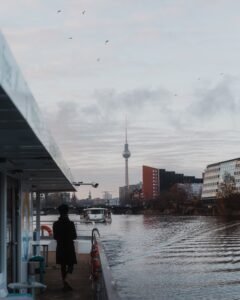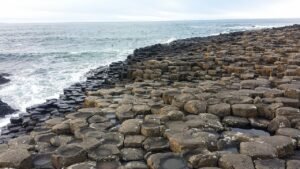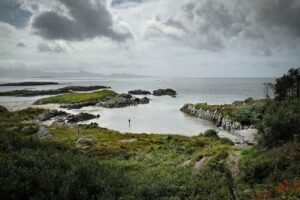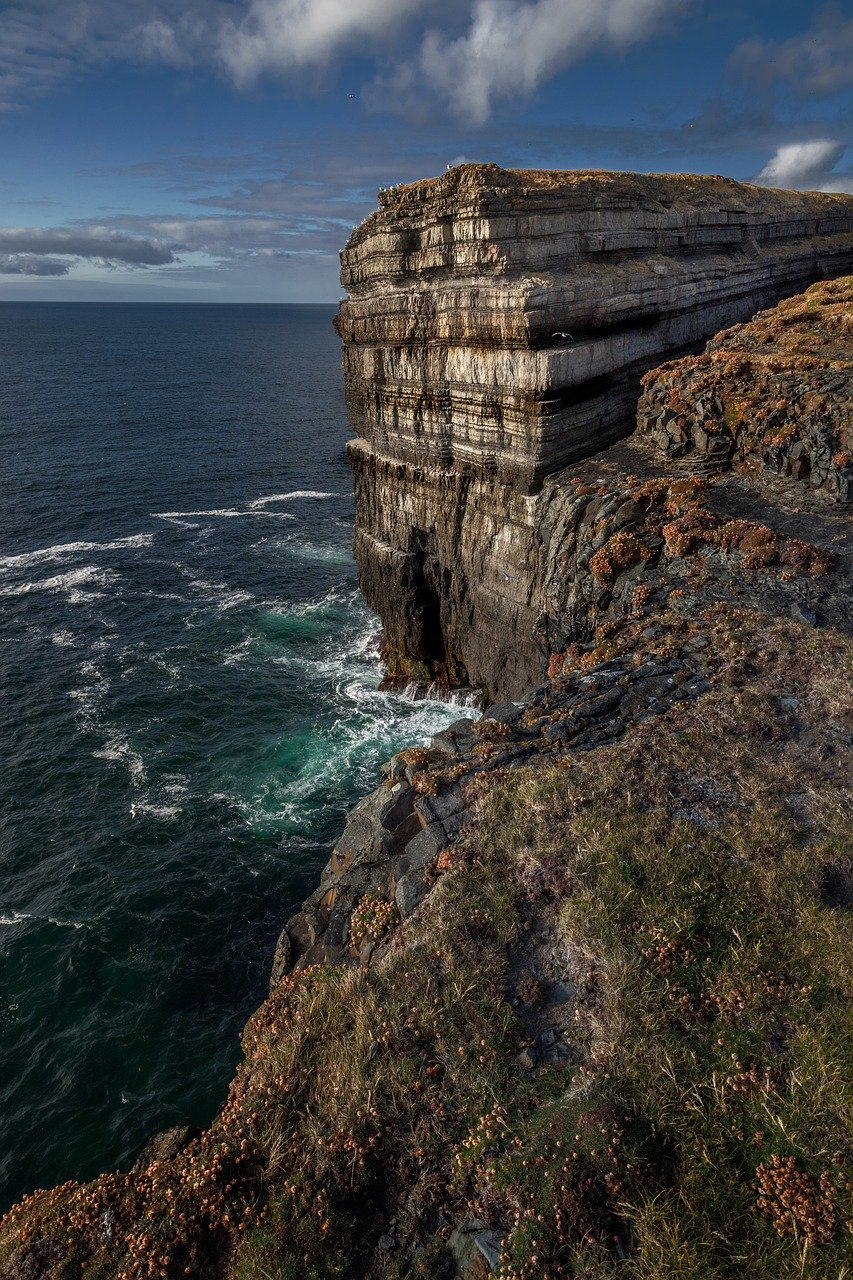
Discover the charm and beauty of Ireland with this comprehensive guide, “Exploring the Emerald Isle.” Whether you’re a history enthusiast, a nature lover, or simply looking for an unforgettable adventure, this guide is your passport to experiencing all that Ireland has to offer. From the bustling streets of Dublin to the breathtaking landscapes of the Cliffs of Moher, let this guide be your trusted companion as you embark on an unforgettable journey through a land steeped in history, culture, and natural wonders. Get ready to immerse yourself in the warmth of Irish hospitality, sample mouthwatering culinary delights, and create memories that will last a lifetime.
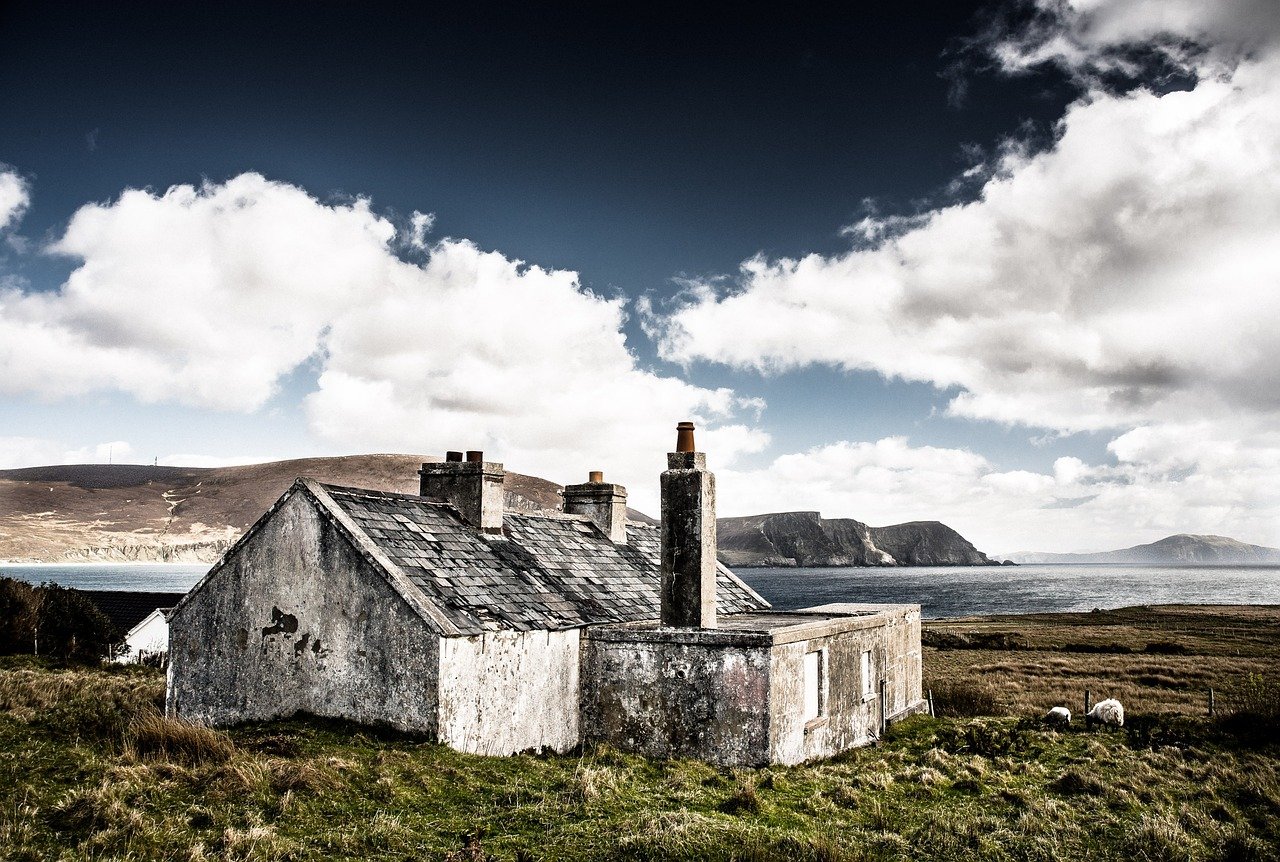
Getting to Ireland
Flights to Ireland
When it comes to getting to Ireland, the most common option is by air. Ireland is served by several international airports, with Dublin Airport being the busiest and most well-connected. Many major airlines offer direct flights to Dublin from various countries around the world. If you’re flying from North America, you can find direct flights to Dublin, Shannon, or Belfast. From mainland Europe, there are numerous airlines offering direct flights to Ireland, including budget carriers. Keep in mind that prices and availability may vary depending on the season, so it’s always a good idea to book your flights in advance.
Ferry services to Ireland
For a different travel experience, you can also consider taking a ferry to Ireland. If you’re coming from the UK or Europe, there are several ferry services available. The most popular routes are from the ports of Holyhead and Liverpool in the UK to Dublin and Belfast. There are also ferry connections from France, Spain, and the Isle of Man. Taking a ferry allows you to bring your car or camper van, making it a convenient option if you’re planning a road trip around Ireland.
Getting around in Ireland
Once you’re in Ireland, there are various transportation options to help you explore the country. Renting a car is a popular choice, especially if you want the freedom to travel at your own pace and visit remote areas. Ireland has an extensive road network, and driving is on the left-hand side of the road. Alternatively, you can use public transportation such as buses and trains to get around. Ireland has a good public transport system, with reliable services connecting major cities and towns. Additionally, there are organized tours and guided excursions available if you prefer a hassle-free way of exploring the country.
Best Time to Visit Ireland
Spring
Spring, from March to May, is a wonderful time to visit Ireland. The weather begins to warm up, and the landscapes come alive with colorful flowers and blossoming trees. It’s a great time for outdoor activities like hiking, as the trails are less crowded. You might also have the chance to witness traditional Irish festivals and events that take place during this season, such as St. Patrick’s Day.
Summer
Summer, from June to August, is peak tourist season in Ireland. The days are long, and the weather is generally mild, with temperatures ranging from 15°C to 20°C (59°F to 68°F). This is the best time to explore Ireland’s stunning coastline and enjoy outdoor activities like surfing or kayaking. However, keep in mind that this is also the busiest time of the year, so popular tourist destinations might be crowded.
Autumn
Autumn, from September to November, is another beautiful season to visit Ireland. The landscapes transform into a tapestry of red, orange, and golden hues, creating a picturesque setting for your adventures. The weather is mild, and the crowds start to thin out, allowing you to explore attractions and historical sites more peacefully. It’s also a fantastic time to indulge in traditional Irish cuisine and cozy up in a pub with a pint of Guinness.
Winter
Winter, from December to February, brings a different charm to Ireland. While the weather can be cold and rainy, there is a sense of tranquility that comes with fewer tourists. The cities are adorned with Christmas decorations, and cozy fireplaces welcome you in pubs and restaurants. Winter is a great time to visit if you want to experience Irish culture up close, from traditional music sessions to storytelling nights by the hearth.
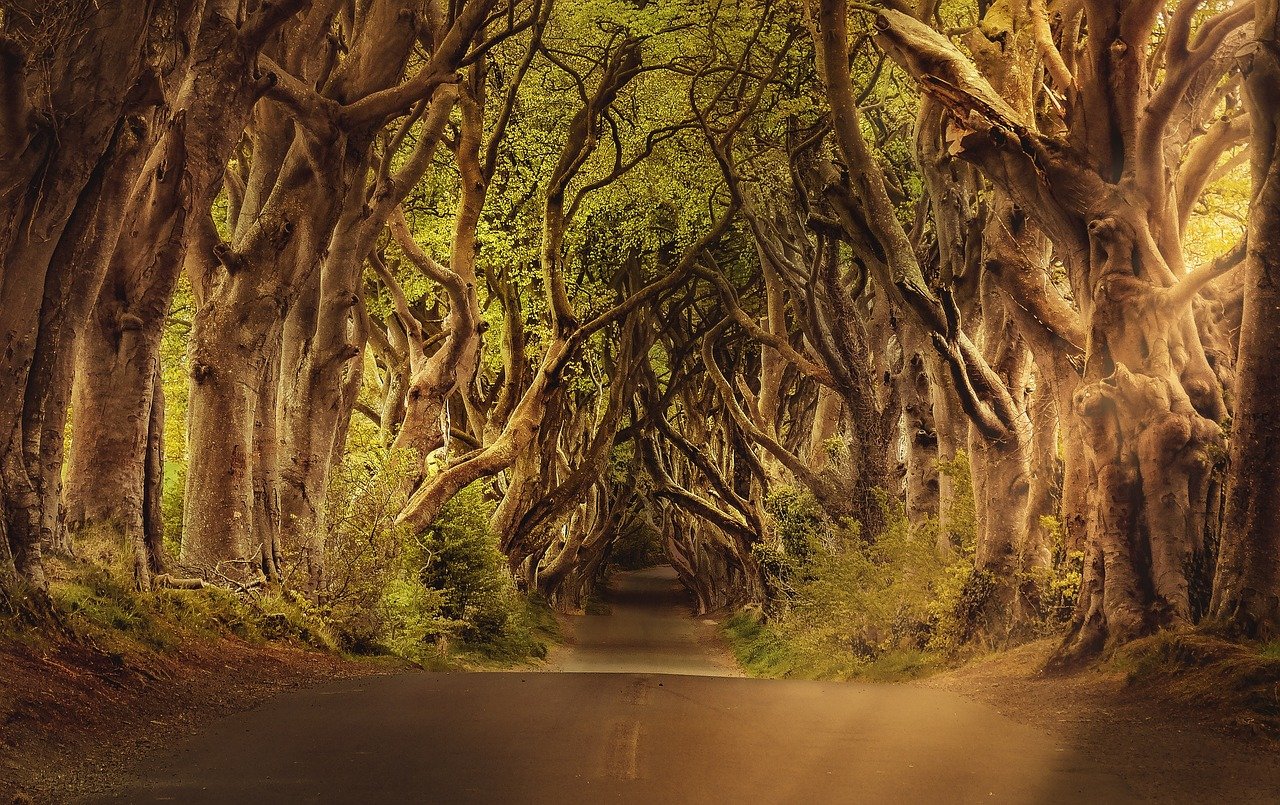
Visa Requirements
Visa-exempt countries
If you hold a passport from a visa-exempt country, you do not need a visa to enter Ireland for short stays. Visitors from the European Union (EU) and the European Economic Area (EEA) can freely travel to Ireland without a visa. Additionally, passport holders from countries such as the United States, Canada, Australia, New Zealand, and many others can enter Ireland visa-free for tourism or business purposes for up to 90 days.
Visa application process
If you are from a country that requires a visa to enter Ireland, you will need to apply for one before your trip. The application process usually involves submitting an online application, providing supporting documents, and paying the visa fee. It’s important to apply well in advance of your intended travel date to allow for processing time. The Irish Naturalisation and Immigration Service (INIS) is the authority responsible for processing visa applications for Ireland.
Work and study permits
If you plan to work or study in Ireland, you will need to obtain the appropriate permits. The requirements and application processes vary depending on the nature of your work or study. Generally, you will need to secure a job offer or acceptance from a registered Irish educational institution before applying for a work or study permit. It’s advisable to consult with the Irish embassy or consulate in your home country for detailed information on the specific permits you may need.
Currency and Money
Currency in Ireland
The currency used in Ireland is the Euro (€). It is advisable to have some cash in Euros for small expenses, especially in rural areas or when visiting smaller establishments that may not accept credit cards. However, most businesses, including hotels, restaurants, and shops, accept major credit and debit cards, so you can rely on card payments for most of your transactions.
ATMs and Currency Exchange
ATMs, commonly known as cash machines, are widely available throughout Ireland. They accept most international bank cards and dispense Euros. It’s a convenient way to withdraw cash during your trip. If you prefer to exchange currency, there are also currency exchange services available in airports, banks, and some tourist areas. Be mindful of exchange rates and fees when exchanging money, and always compare rates to ensure you’re getting the best deal.
Credit Cards and Payment Methods
Credit cards are widely accepted in Ireland, with Visa and Mastercard being the most commonly used. You can use your credit card for purchases, dining, and booking accommodations. Some smaller establishments may only accept cash or have a minimum spend requirement for card payments, so it’s always a good idea to carry some cash as a backup. Additionally, contactless payments and digital wallets like Apple Pay and Google Pay are becoming increasingly popular in Ireland, providing convenient and secure payment options.
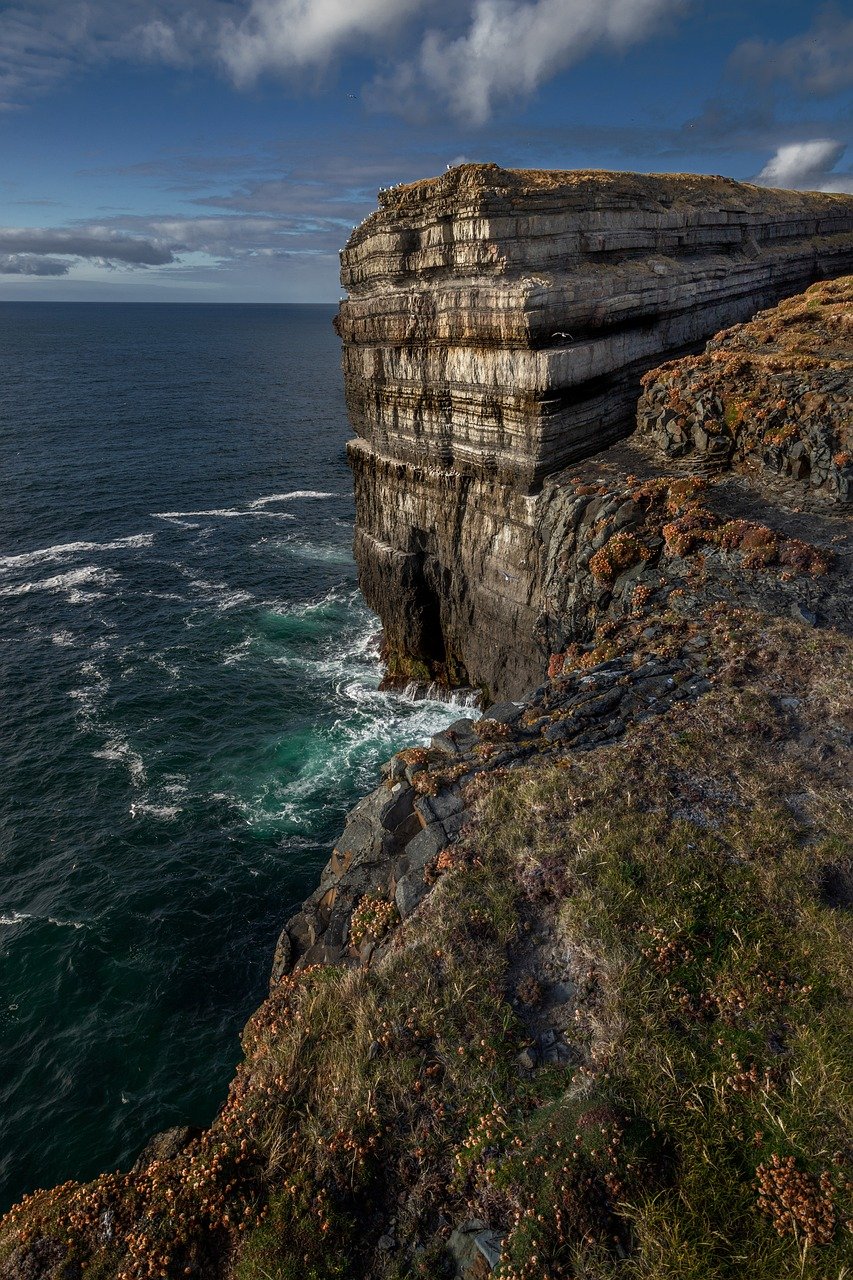
Accommodation Options
Hotels
Hotels are available in abundance throughout Ireland, ranging from luxury resorts to budget-friendly options. You can find internationally renowned hotel chains, as well as boutique hotels and family-run establishments. Hotels usually offer a range of amenities, including restaurants, bars, fitness facilities, and 24-hour reception services. Booking in advance is recommended, especially during the peak tourist season, to secure your preferred accommodation.
B&Bs
Bed and Breakfasts, commonly known as B&Bs, are a popular choice for travelers looking for a cozy and personalized accommodation experience. B&Bs are typically family-owned properties that offer comfortable rooms and a hearty Irish breakfast to start your day. They often have a warm and welcoming atmosphere and provide an opportunity to interact with local hosts who can offer valuable insider tips and recommendations.
Guesthouses
Guesthouses are similar to B&Bs, offering comfortable rooms and a more intimate atmosphere. They can range from small, family-run establishments to larger guesthouses with additional facilities such as lounges and gardens. Guesthouses often provide a personal touch and attentive service, making you feel right at home during your stay in Ireland.
Hostels
If you’re traveling on a budget or looking to meet fellow travelers, hostels are a great accommodation option. Ireland has numerous hostels scattered across the country, offering dormitory-style rooms as well as private rooms. Hostels provide communal areas like shared kitchens, lounges, and social spaces where guests can mingle and exchange travel stories. They are a popular choice among backpackers and solo travelers.
Holiday rentals
For travelers seeking more independence and space, holiday rentals are an excellent choice. These can include self-catering cottages, apartments, or even traditional Irish thatched cottages in rural areas. Holiday rentals often come equipped with kitchen facilities and other amenities, allowing you to have a home-away-from-home experience. They are ideal for families or larger groups who want to have their own space and privacy.
Top Places to Visit in Ireland
Dublin
Dublin, the capital of Ireland, is a vibrant and lively city that offers a perfect blend of history, culture, and modern amenities. Explore the historic Trinity College and the Book of Kells, stroll along the lively streets of Temple Bar, and visit the Guinness Storehouse to learn about Ireland’s most famous beer. Don’t miss a visit to the iconic St. Patrick’s Cathedral and take a walk through the charming Phoenix Park.
Galway
Galway, located on the west coast of Ireland, is known for its lively atmosphere and traditional Irish music scene. Explore the colorful streets of the Latin Quarter, visit the historic Galway Cathedral, and immerse yourself in the vibrant arts and culture scene. Don’t forget to take a trip to the nearby Cliffs of Moher for breathtaking views of the Atlantic Ocean.
Cork
Cork, the second-largest city in Ireland, offers a mix of history, gastronomy, and natural beauty. Visit the famous English Market, explore the historic Cork City Gaol, and take a leisurely stroll along the picturesque River Lee. Make sure to include a visit to the charming town of Kinsale, known for its delicious seafood and scenic harbor.
Killarney
Killarney is a popular tourist destination in County Kerry, renowned for its stunning natural landscapes. Discover the beauty of Killarney National Park, home to picturesque lakes, walking trails, and the majestic Torc Waterfall. Take a traditional horse-drawn jaunting car ride through the park and visit the historic Muckross House and Gardens.
Belfast
Belfast, the capital of Northern Ireland, is a city steeped in history and culture. Explore the vibrant Titanic Quarter, where the famous ship was built, and visit the interactive Titanic Belfast museum. Take a Black Cab tour to learn about Belfast’s troubled history, and don’t miss a visit to the striking Giant’s Causeway, a UNESCO World Heritage Site.
Dingle Peninsula
The Dingle Peninsula, located in County Kerry, is known for its rugged beauty and charming coastal towns. Drive along the scenic Slea Head Drive, visit the stunning Gallarus Oratory, and enjoy the lively atmosphere of the town of Dingle. The peninsula offers breathtaking views of the Atlantic Ocean and is a paradise for nature lovers and outdoor enthusiasts.
Cliffs of Moher
The Cliffs of Moher, located on the west coast of Ireland, are one of the country’s most iconic natural attractions. Rising to a height of 214 meters (702 feet), the cliffs offer breathtaking views of the Atlantic Ocean and the Aran Islands. Take a stroll along the cliff edges, visit the visitor center, and witness the awe-inspiring beauty of this natural wonder.
Giant’s Causeway
The Giant’s Causeway, situated on the north coast of Northern Ireland, is a geological marvel steeped in myth and legend. The causeway features approximately 40,000 interlocking basalt columns, formed by volcanic activity millions of years ago. Explore the unique rock formations, learn about the legends surrounding the causeway, and take in the dramatic coastal scenery.
Ring of Kerry
The Ring of Kerry is a scenic driving route that takes you through some of Ireland’s most stunning landscapes. The route covers approximately 180 kilometers (112 miles) and loops around the Iveragh Peninsula in County Kerry. Along the way, you’ll encounter picturesque villages, pristine lakes, majestic mountains, and breathtaking coastal views.
Connemara
Connemara, situated in the west of Ireland, is a region of outstanding natural beauty. Discover rugged landscapes, shimmering lakes, and picturesque villages as you explore this remote and enchanting area. Visit the stunning Kylemore Abbey, hike in the Twelve Bens mountain range, and experience the tranquility of the Connemara National Park.
Must-Try Irish Food and Drinks
Guinness
No visit to Ireland is complete without trying a pint of Guinness. This iconic Irish stout is known for its rich and creamy texture and distinct flavor. Head to a traditional Irish pub, order a pint of Guinness, and savor the unique taste while enjoying the cozy ambiance and live music.
Irish whiskey
Irish whiskey holds a special place in Irish culture and history. Take a tour of a distillery, such as the Jameson Distillery in Dublin or the Old Bushmills Distillery in Northern Ireland, and learn about the whiskey-making process. Sample different varieties of Irish whiskey and appreciate the craftsmanship and tradition behind this beloved spirit.
Irish stew
Irish stew is a comforting and hearty dish that showcases the flavors of Ireland. Made with tender lamb or beef, potatoes, onions, carrots, and herbs, it’s a perfect meal to warm you up on a chilly day. Enjoy a bowl of Irish stew in a cozy pub or try your hand at cooking it yourself using traditional recipes.
Boxty
Boxty is a traditional Irish potato pancake that has been enjoyed for generations. Made with grated raw potatoes, mashed potatoes, and flour, boxty is a versatile dish that can be served with various fillings and toppings. Try it with smoked salmon, bacon, or as a side dish with a traditional Irish breakfast.
Colcannon
Colcannon is a classic Irish dish made with mashed potatoes and cabbage or kale. It’s a simple yet delicious side dish that pairs well with a wide range of main courses. Colcannon is often served with a dollop of butter melted in the center, making it even more indulgent and flavorful.
Soda bread
Soda bread is an essential part of Irish cuisine. This traditional bread is made with baking soda instead of yeast, giving it a dense texture and a slightly tangy flavor. It’s a staple in Irish households and is often enjoyed with a spread of butter and a cup of tea. You can find soda bread in bakeries and supermarkets throughout Ireland.
Black pudding
Black pudding, also known as blood sausage, is a unique Irish delicacy. Made with pork blood, pork fat, oatmeal, and various spices, it has a distinct flavor and rich texture. Black pudding is often served as part of a traditional Irish breakfast or as an ingredient in hearty stews and casseroles.
Irish coffee
Finish off your meal with a warm and inviting Irish coffee. Made with hot coffee, Irish whiskey, sugar, and topped with whipped cream, it’s a delightful combination of flavors. Irish coffee is often enjoyed as a dessert drink or as a comforting treat on a chilly evening. Indulge in this classic Irish beverage and savor every sip.
Outdoor Activities in Ireland
Hiking and Walking
Ireland’s varied landscapes make it a paradise for hiking and walking enthusiasts. Explore the rugged beauty of places like the Wicklow Mountains, the Cliffs of Moher, or the Mourne Mountains. There are hiking trails to suit all levels of fitness and experience, from leisurely coastal walks to challenging mountain hikes.
Cycling
Cycling is a fantastic way to explore the beautiful Irish countryside. From scenic coastal routes to challenging mountain biking trails, there are plenty of options for cyclists of all levels. You can bring your own bike or rent one from various rental shops across the country. Check out the Great Western Greenway in County Mayo or the Ring of Kerry for some unforgettable cycling experiences.
Golfing
Ireland is renowned for its world-class golf courses, which attract golfers from around the globe. Whether you’re a seasoned player or a beginner, you’ll find a wide range of golf courses to suit your preferences. From links courses along the coast to parkland courses set in idyllic landscapes, Ireland offers a truly memorable golfing experience.
Fishing
With its rivers, lakes, and coastal waters, Ireland is a haven for fishing enthusiasts. The country offers excellent fishing opportunities for salmon, trout, pike, and sea angling. You can choose to fish from the shore or charter a boat for a deep-sea fishing adventure. Don’t forget to obtain the necessary permits and licenses before casting your line.
Surfing
Ireland’s rugged coastline and consistent surf make it a popular destination for surfers. The west coast, in particular, offers world-class surf spots that cater to surfers of all levels. Head to places like Lahinch in County Clare or Strandhill in County Sligo for epic waves and a vibrant surf culture. If you’re a beginner, there are surf schools that offer lessons and equipment rental.
Kayaking and Canoeing
Discover Ireland’s waterways by kayaking or canoeing through its stunning lakes, rivers, and coastal areas. Whether you’re a beginner or an experienced paddler, there are plenty of options for exploring Ireland’s water-rich landscapes. From tranquil river trips to thrilling sea kayaking adventures along the Wild Atlantic Way, you’ll be amazed by the beauty and serenity of the surroundings.
Cultural Experiences in Ireland
Traditional Irish Music
Immerse yourself in the rich musical traditions of Ireland by attending traditional Irish music sessions. These informal gatherings take place in pubs or music venues, where musicians come together to play traditional Irish tunes. Join in the fun by clapping your hands, tapping your feet, or even joining in with an instrument if you’re musically inclined.
Irish Dance
Irish dance is a captivating art form that has gained international acclaim. Experience the intricate footwork and lively rhythms by attending a traditional Irish dance performance. From Riverdance to local dance groups, you’ll be mesmerized by the sheer energy and precision of the dancers.
Gaelic Language
Gaelic, or Irish, is the indigenous language of Ireland and holds an important place in Irish culture. While English is widely spoken, especially in urban areas, you can still hear Gaelic being spoken in some regions, particularly in the Gaeltacht areas. Take the opportunity to learn a few Gaelic phrases and immerse yourself in the linguistic heritage of the country.
Historical Sites and Castles
Ireland is steeped in history, with a wealth of ancient sites and castles waiting to be explored. Visit iconic landmarks such as the Rock of Cashel, Newgrange, or Dunluce Castle. These sites offer a fascinating glimpse into Ireland’s rich history and provide beautiful backdrops for memorable photographs.
Literary Tours
Ireland has a strong literary heritage, boasting famous writers such as James Joyce, William Butler Yeats, and Oscar Wilde. Take a literary tour in Dublin to explore the places that inspired these renowned authors. Visit the National Library of Ireland, the Dublin Writers Museum, and the birthplace of W.B. Yeats in County Sligo to delve deeper into Ireland’s literary legacy.
Festivals and Events
Ireland is known for its lively festivals and events that celebrate everything from music and literature to food and culture. From the St. Patrick’s Day parade in Dublin to the Galway International Arts Festival, there is always something happening in Ireland. Check the event calendars and plan your visit around these exciting celebrations to get a taste of Irish hospitality and revelry.
Safety and Travel Tips
Emergency Numbers
In case of emergencies, it’s important to know the emergency numbers in Ireland. The general emergency number is 112, which you can dial from any phone, including mobile phones. This number connects you to the emergency services, such as police, fire, and medical assistance. It’s also advisable to have the contact details of your country’s embassy or consulate in case you need assistance.
Health and Safety Precautions
Ireland is considered a safe destination for travelers, but it’s always wise to take some basic precautions. Make sure to have travel insurance that covers medical expenses, as well as any activities you plan to engage in, such as hiking or water sports. It’s also a good idea to check if you need any vaccinations before traveling to Ireland. As with any destination, be aware of your surroundings, keep your belongings secure, and take necessary precautions to protect your personal safety.
Driving in Ireland
If you plan to drive in Ireland, there are a few things to keep in mind. Remember that driving is on the left-hand side of the road, so take some time to familiarize yourself with the rules of the road. Ensure that you have a valid driver’s license, as well as appropriate insurance coverage for your rental vehicle. Be cautious while driving on narrow and winding roads, particularly in rural areas, and respect the speed limits.
Tipping and Etiquette
Tipping is customary in Ireland, but not obligatory. In restaurants, it’s common to leave a tip of around 10-15% of the total bill if you were satisfied with the service. In bars, rounding up to the nearest Euro is appreciated. Taxi drivers also appreciate a small tip, while bellboys and hotel staff may be tipped for exceptional service. It’s important to note that tipping is based on personal discretion, and there is no obligation to tip if the service was unsatisfactory.
Local Customs and Traditions
Ireland has a rich cultural heritage and some unique customs and traditions. Irish people are known for their friendliness and hospitality, so be prepared for warm welcomes and engaging conversations with locals. Respect for local customs and traditions is important, particularly when visiting religious sites or attending cultural events. It’s also polite to greet people with a friendly “hello” or “good day” and to use “please” and “thank you” in your interactions.
